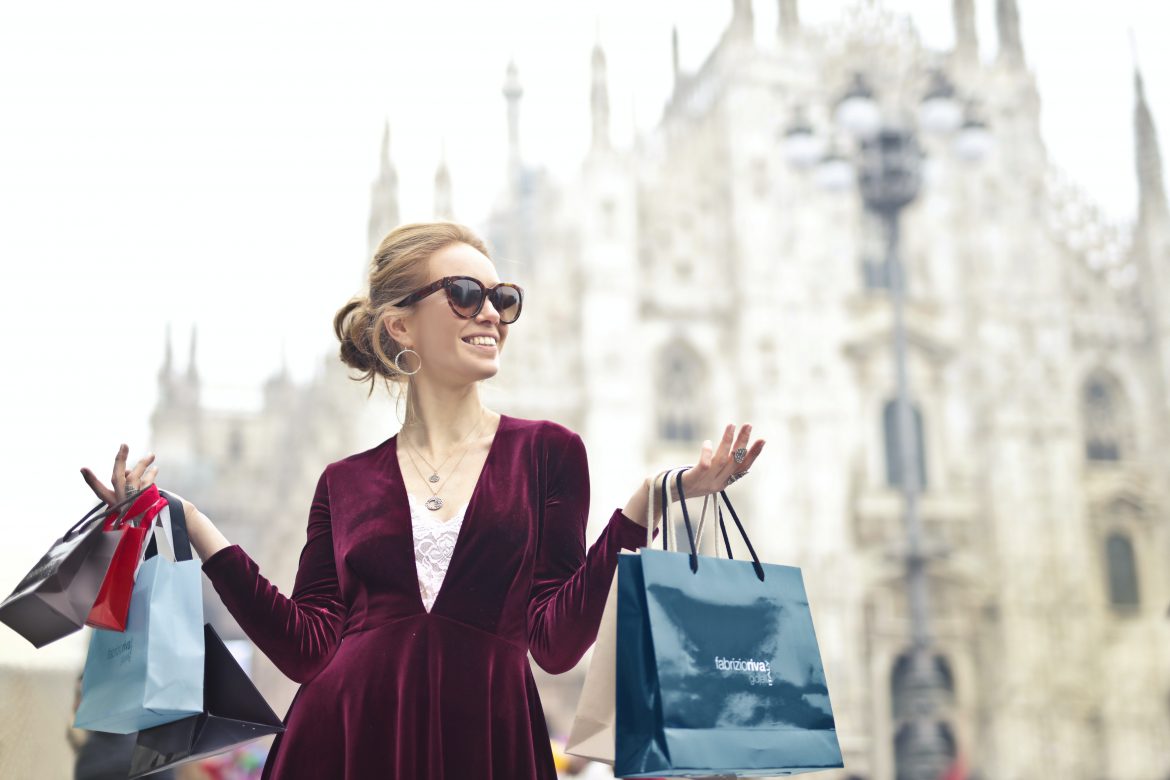The conditions of our fast-moving world mean companies and brands have to adapt to new circumstances on the go. It’s a never-ending search for more interesting ideas to stay afloat and survive the competition. 2020 was particularly illustrative in this regard. The pandemic became a real game-changer, making numerous brands look for ways to enhance their customers’ experience.
It is no secret that the beauty industry is a trendsetter regarding ecommerce innovation. So, in 2020, beauty companies particularly felt the seismic shift in consumer behavior. But instead of giving up, they strived to fulfill their customers’ rapidly changing demands to the maximum. And right now, we see that despite all difficulties, the beauty industry is successful in shaping ecommerce trends. This will definitely push them (and many others) forward during the current decade.
Top 5 Ecommerce Beauty Trends in the Beauty Industry
Of course, the number of beauty industry trends is huge. But we have tried to single out the ones which we consider the most important.
1. Inclusivity
Nobody will doubt the fact that all people are different. They belong to different genders, age groups, races, religious backgrounds, have unique abilities, and multiple interests and hobbies. Luckily, the beauty industry is becoming increasingly inclusive and tailored to all people, without any exceptions. Male personal care, cosmetics for various age groups, unisex beauty products, and cosmetic ranges for people of various skin tones are now available. These are just a few drops in the huge ocean of inclusivity in the beauty world. After all, all people are equal and deserve to be beautiful, right?
2. Clean beauty movement
Clean beauty is a very murky notion. So every brand defines this concept in the way they find appropriate. In most cases, it means that a product doesn’t contain any unsafe ingredients like parabens, artificial fragrances, sulfates, etc.
Also, some customers have become more environmentally aware and have started to pay attention to packaging too. The more minimal a product packaging is, the better it is for the environment. So, many companies resort to biodegradable solutions or plastic-free packaging. Creating refillable products can also be a way out.
Online shopping: AR, VR, AI, and other technologies
Just a few years ago, buying cosmetic products online was hard to imagine. It required unnecessary guesswork. But the COVID times pushed technology forward and made shops just a few clicks away from people.
Augmented reality (AR) and Virtual reality (VR) are on the rise today. Virtual try-ons, smart mirrors, and beauty filters are already part and parcel of the beauty world. Without the need to spend money and leave their homes, customers have a unique chance to see how lipstick, eyeshadows, or mascaras will look on their faces. The brightest example here may be L’Oreal’s app called Modiface which uses AR virtual makeover technology. It allows users to try on various makeup combinations without having physical testers. Also, it can overlay virtual makeup onto previously taken photos and recorded videos.
As for artificial intelligence (AI), AI tools don’t only streamline the online shopping experience but also become real lifesavers for millions of people. For example, let’s have a look at Function of Beauty, the world-known fully customized hair care brand that allows users to create products based on their individual hair type, goals, and needs. First, users pass a quick survey that includes various questions about their hair, shampoo and conditioner colors, preferred bottle size, etc. After that, the app addresses the company database, launches the necessary algorithms, and provides personalized recommendations for every user.
In this regard, we’d like to mention Banuba, a software company that aims at building the most immersive AR platform. Their Virtual Try-On is a real must-have for beauty brands. It will definitely help you and your customers fall head over heels with the online space. But Banuba has much more to offer. You can get acquainted with its products in more detail on the company website.
4. Hyper-Personalization
In marketing, personalization has always been a priority. This is particularly true for the beauty industry, as every product is personal and created to look different on everyone. Luckily, modern technologies give brands and companies the chance to see their customers and understand their wishes, needs, and desires. Still, all people appreciate being taken as individuals, and if you manage to direct the right message to the right person, you are sure to succeed. Even putting a customer’s first name in a greeting can make them feel special! Giving your clients a personalized offer, or helping them find the matching lipstick to their skin tone, can definitely improve consumer-brand connection and extend your audience.
5. Beauty voice assistants
Modern life is rather hectic, so people’s weekdays are filled with hustle, bustle, and constant hurry. Cosmetic companies are aware of this fact and have already started to use voice assistants to answer users’ questions, give beauty advice, simplify their beauty routine, and in general, make their owners both look and feel better. For example, COTY, one of the world’s largest beauty companies, has partnered with Amazon to create a personal beauty assistant available on all Amazon Echo devices. From that moment on, Amazon’s Alexa can take a person’s individual features (hair type, eye color, skin tone, etc.) into account and give them personalized recommendations. She may also tell you about the latest beauty trends and hacks. Plus, you can even receive step-by-step tutorials on doing makeup.

